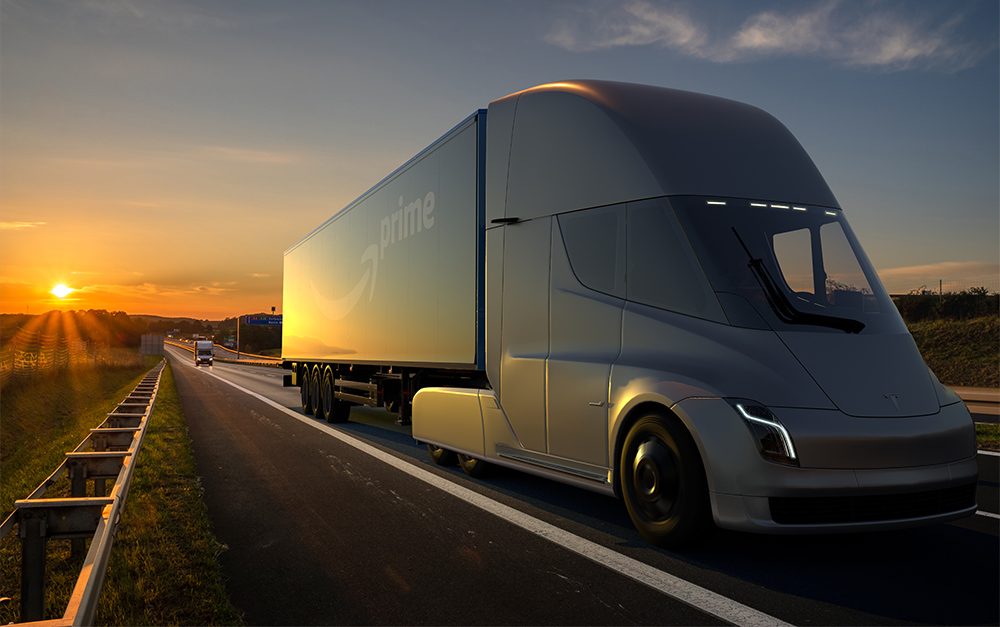Predicting the future of new technologies (or of anything) is a chancy business, to say the least. And yet, companies and policymakers must indulge in a bit of crystal-gazing in order to choose where to focus their investments.
Vehicle electrification is still an emerging technology, and the only thing certain is that it remains uncertain what the balance of costs and benefits will look like once the e-mobility ecosystem becomes established.
Rick Mihelic is Director of Emerging Technologies for the North American Council for Freight Efficiency (NACFE). Back in 2017, he gave a presentation on the future of trucking, in which he discussed electrification, vehicle autonomy and other technologies that seemed at the time like ideas from the pages of Asimov, Clarke or Bradbury.
One of the key points he made was that new technology generally adds cost to existing product baselines in trucking, and the added cost has to be paid for by offsets in other areas, such as reducing driver cost; increasing the payload per vehicle; increasing freight miles per year per unit; or reducing operating costs.
For example, the higher up-front cost of an EV is expected to be offset by reduced operating costs for fueling and maintenance. As Mihelic writes, “This is a bit of a shell game, moving costs around, replacing OpEx with CapEx—with endless nuances, such as adding resources for maintenance, software, inspections, etc.”
But a bit of creative thinking, combined with a thorough understanding of how a particular use case works, can identify opportunities to cut costs in unexpected ways. “Increasing the effectiveness of drivers is a big opportunity area,” Mihelic writes. “More hours actually rolling in a loaded truck.”
Truck drivers tend to spend a lot of time waiting around because of delays and inefficiencies at loading docks and yards—time that they don’t get paid for. Electrification of vehicles has the potential to reduce out-of-route miles (miles that are surplus to the requirements of a route, for example, detours to fuel stations) for certain segments of urban and regional trucking.
“I used to watch gas stations near urban delivery warehouses get inundated with medium-duty trucks filling up early in the morning or late in the afternoon,” writes Mihelic. “Many companies do not have on-site fueling and rely on commercial gas stations to fuel Class 2b-6 trucks.” In a 2021 study, NACFE found that in New York, getting an urban delivery truck refueled could take more than an hour, including the time needed to slog through traffic to a gas station.
“On-site, overnight charging of vehicles means taking advantage of the already parked vehicle time to refill the energy, adding no out-of-route miles or wasted driver time,” Mihelic writes. “Even creating en route charging at warehouses could help—since drivers spend a lot of time waiting at warehouses already, why not help them with recharging and range extension?”
This observation (it’s one of several nuggets of wisdom in Mihelic’s CCJ article, and there’s lots more pertinent research on NACFE’s site) underlines the importance of intelligently designing fleet infrastructure strategies (for most companies, this is probably best done with the help of an EV infrastructure specialist). There’s more to going electric than plugging in a few chargers at the depot.
Source: Commercial Carrier Journal



